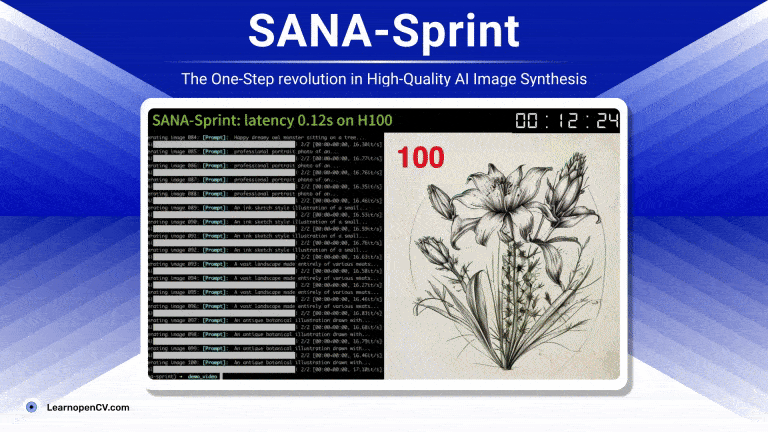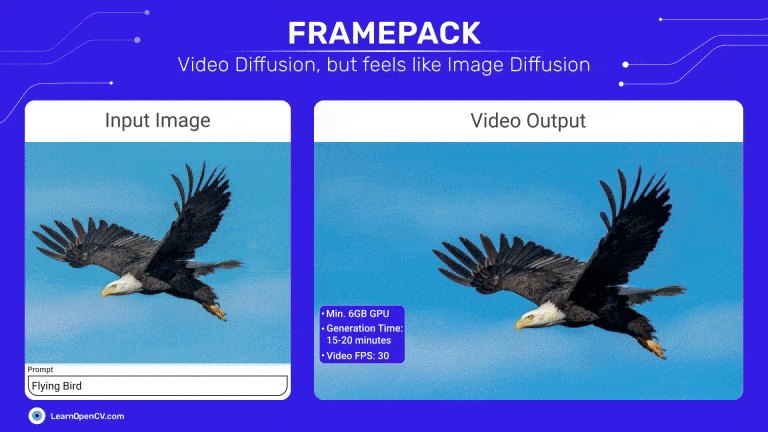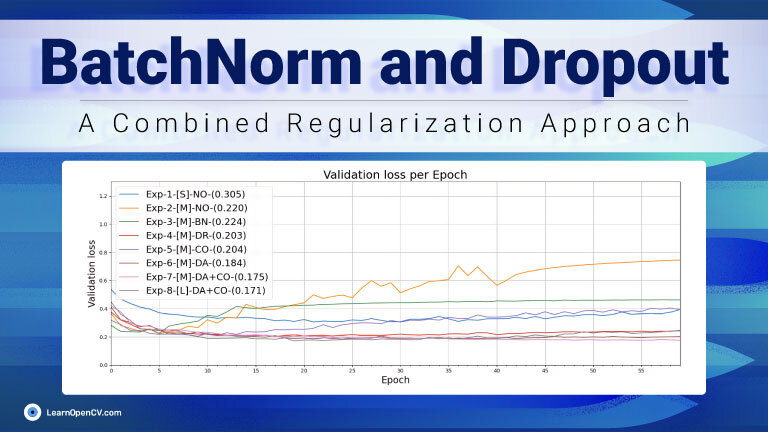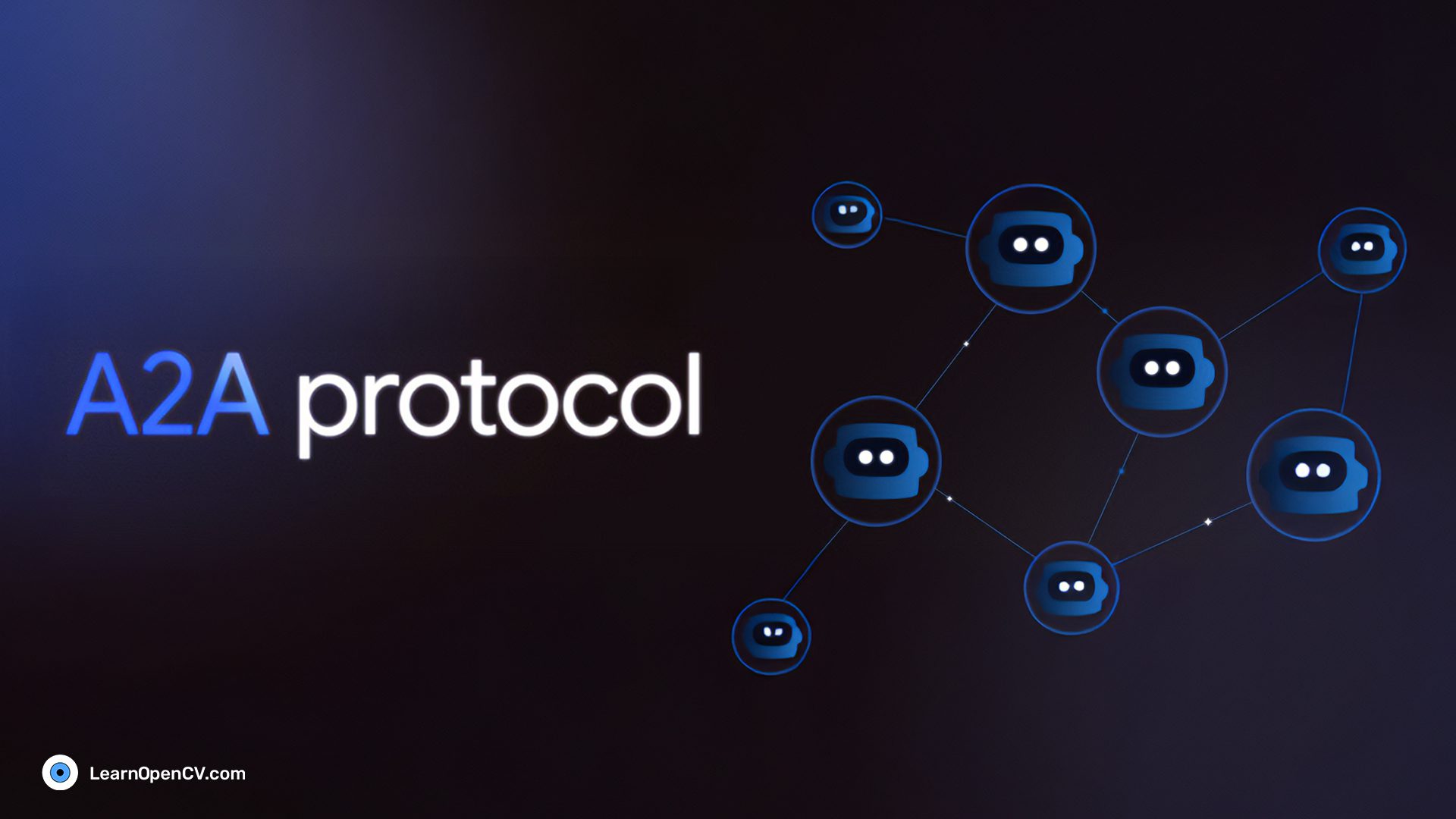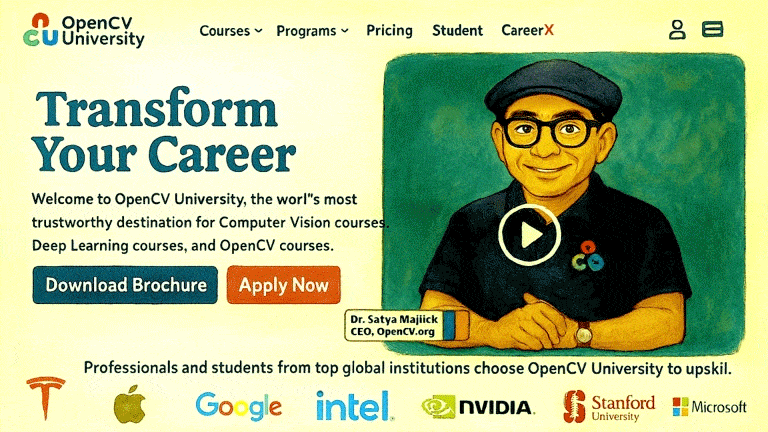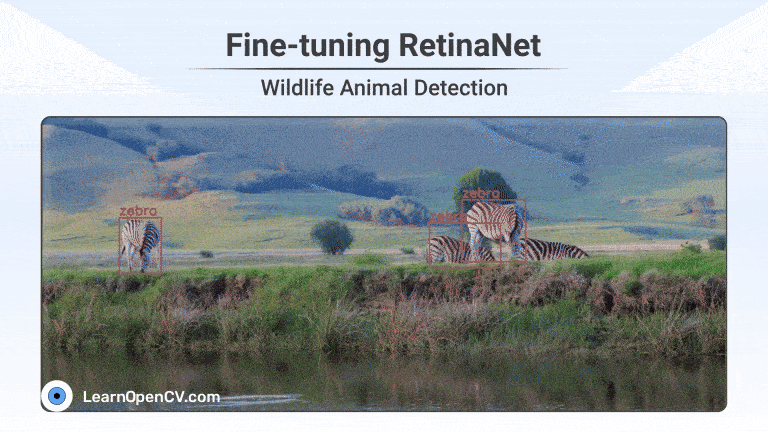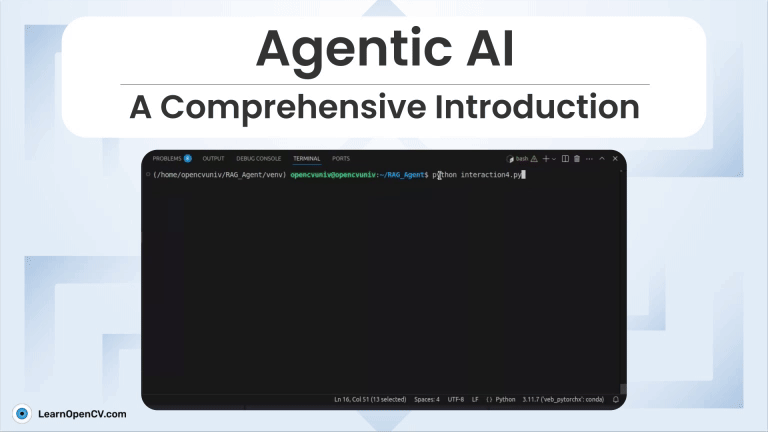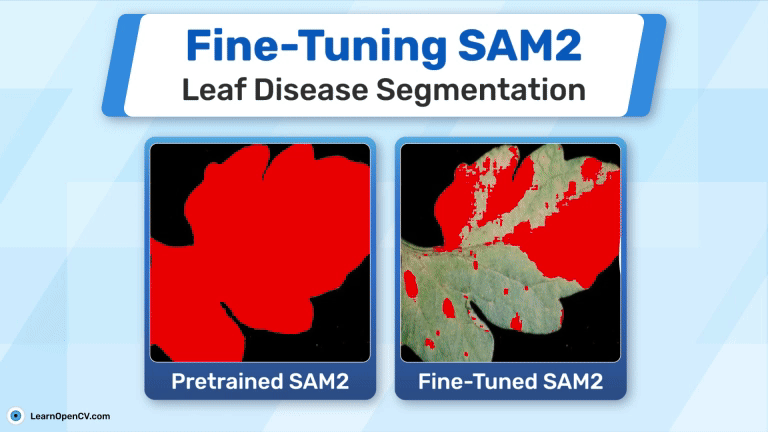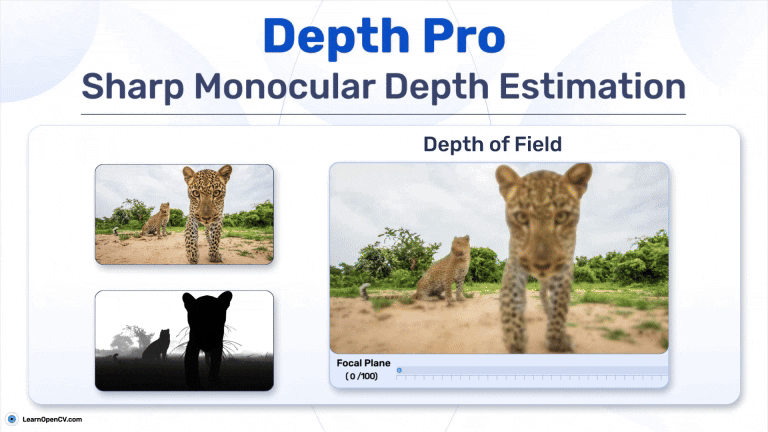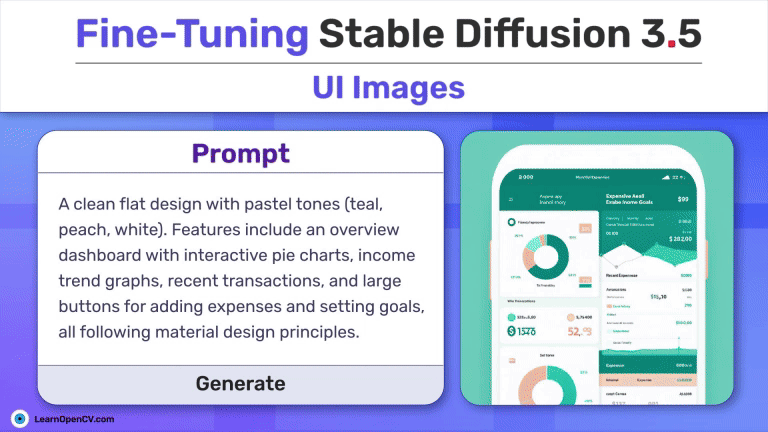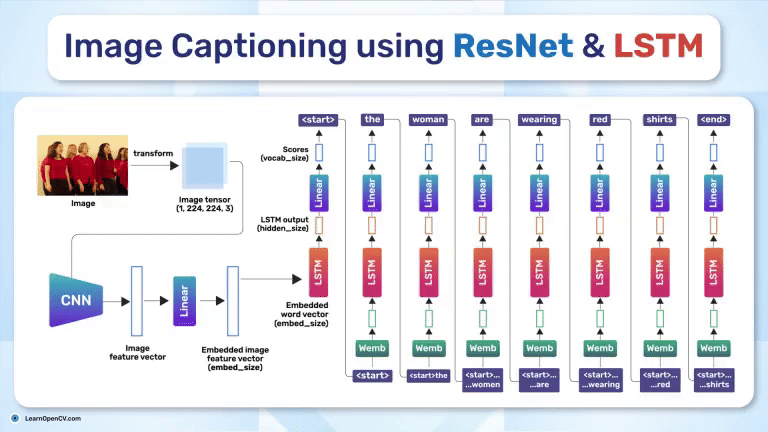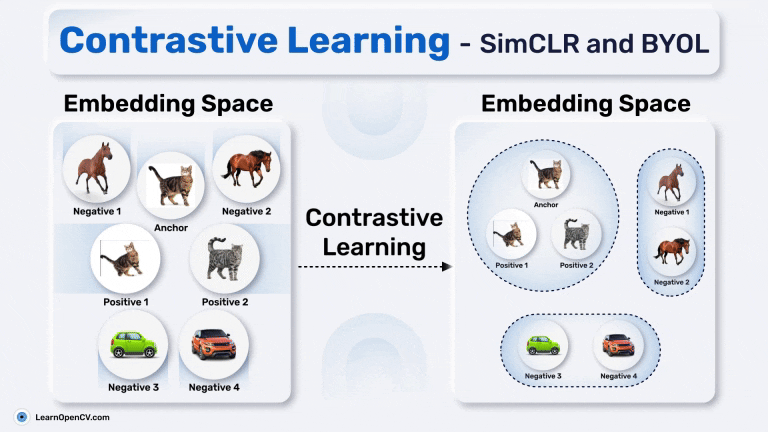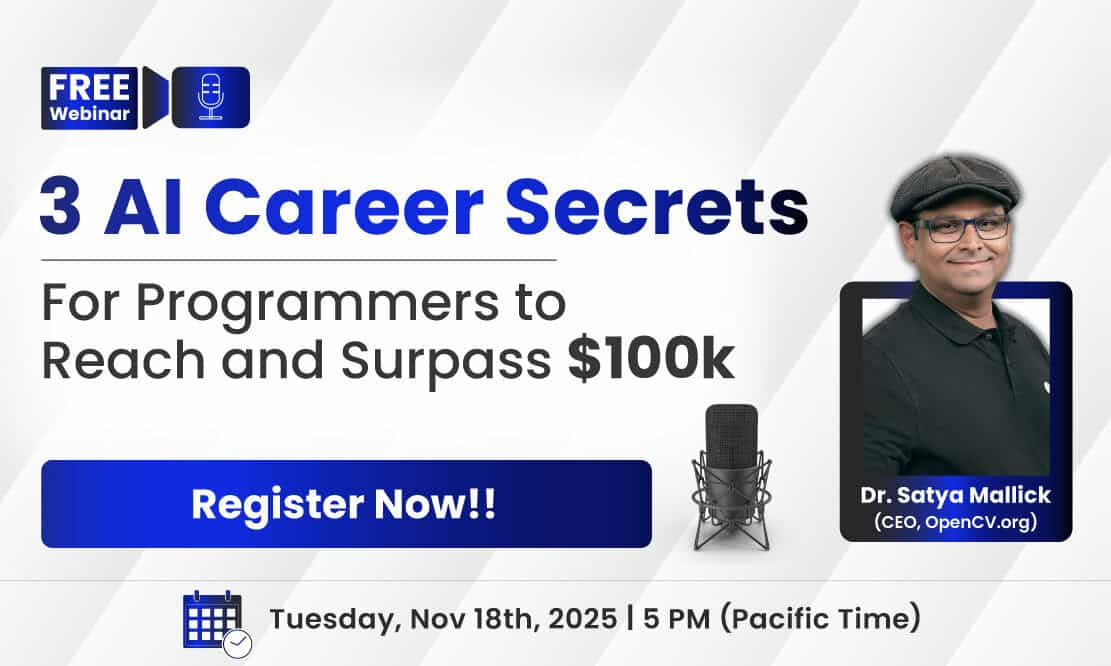Deep Learning
Ever watched an AI-generated video and wondered how it was made? Or perhaps dreamed of creating your own dynamic scenes, only to be overwhelmed by the complexity or the need
In Deep Learning, Batch Normalization (BatchNorm) and Dropout, as Regularizers, are two powerful techniques used to optimize model performance, prevent overfitting, and speed up convergence. While both have their individual
AI, being no longer confined to passive algorithms, is transforming itself into autonomous agents that can perceive, reason, and act with increasing intelligence. These agents are designed to navigate uncertainty,
Recently, the interest in fine-tuning Stable Diffusion models has surged among AI enthusiasts and professionals, driven by the need to incorporate these models into specific requirements. This article walks you
Supervised Learning has been dominant for years, but its reliance on labeled data—a costly and time-consuming resource—creates challenges, especially in areas like medical imaging. On the other hand, Unsupervised Learning,

